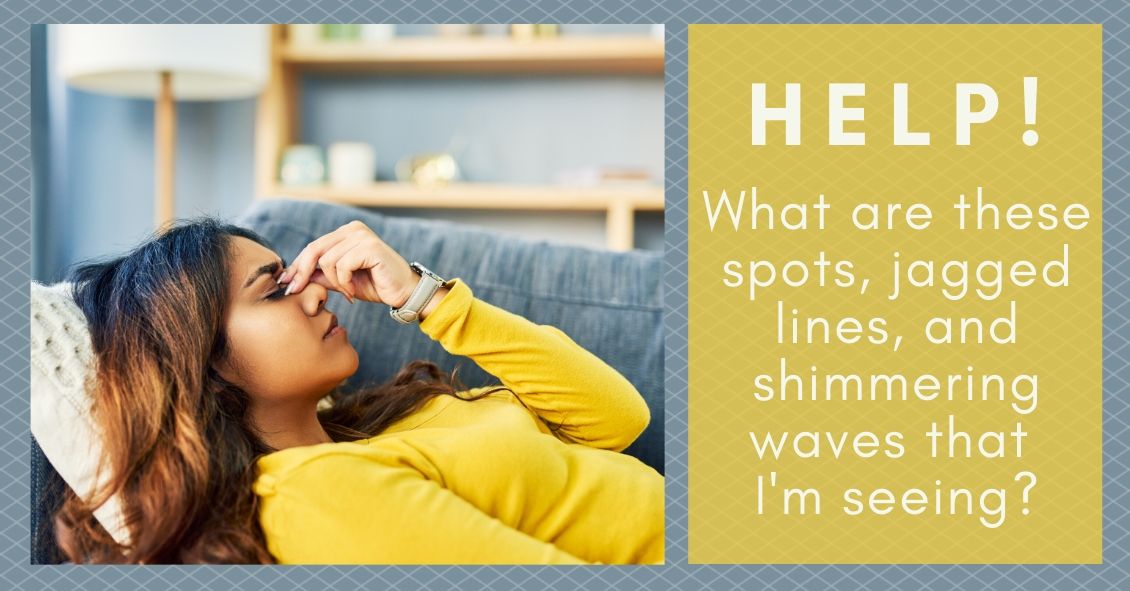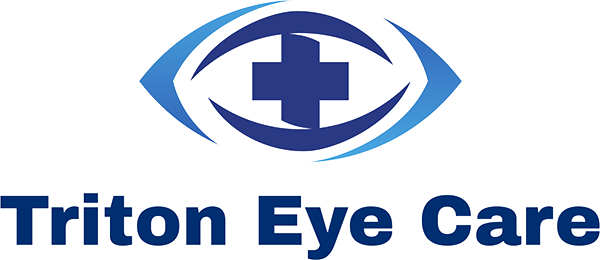
So, you are going about your daily business when suddenly something weird starts happening with your vision. You might see what appears as heatwaves, broken glass, or kaleidoscope-like images at the edges of your vision. Maybe you notice grey or blacked-out areas of your vision. Whatever it is, you recognize that it is not normal!
What you may have been experiencing is known as either an ocular migraine or a visual migraine. The main difference between the two is that an ocular migraine affects one eye, while a visual migraine affects both eyes. An ocular migraine is the result of a vascular spasm either behind or in the retinal vessels of the eye, therefore, ocular migraine is sometimes referred to as a retinal migraine. Visual migraines are caused by a vascular spasm within the visual cortex. The visual cortex is located in the back of the brain, within the occipital lobe. To determine which you are experiencing, simply cover an eye. If the visual disturbance only affects one eye, you are having an ocular migraine. If it affects both eyes, you are having a visual migraine. A headache may follow both ocular and visual migraines.
The symptoms of ocular, versus visual migraine, also differ. A general term for the symptoms is "aura," and is sometimes referred to as "migraine aura." An ocular migraine usually starts with a small blind spot affecting the central vision in one eye. The blind spot then gets larger, making it difficult or impossible to drive or read with the affected eye. In some cases, the blind spot may affect the entire field of vision making the eye temporarily blind. In most cases, the blind spot in the affected eye resolves within an hour.
Visual migraines may have a varied presentation. It may start with a small blind spot that migrates across the field of vision. Others may experience zigzag, colored lights around the edges of your vision (like a kaleidoscope), or what appears to be like looking through broken glass. Visual migraines typically last less than thirty minutes and affect both eyes.
Triggers for ocular and visual migraines include stress, smoking, exercise, bending over, high altitude, dehydration, low blood sugar, excessive heat, food sensitivities, strong odors, and sudden exposure to bright or flickering lights. To identify which triggers affect you, keep a record of your diet, emotions, and activities just before experiencing a migraine aura.
If you experience either an ocular or visual migraine, the best treatment is to simply stop what you are doing and relax. This is especially true if you are driving or operating machinery that could cause an injury. If you have a headache after the aura, see your primary physician. There are medications available for migraine pain and to prevent future occurrences.
If you are experiencing a new onset of an ocular or visual migraine, you should also see your eye doctor for a comprehensive eye exam that includes pupil dilation. Certain ocular conditions such as retinal detachment, retinal vascular occlusion, or optic nerve disease may mimic the symptoms of migraine aura.
Thanks for reading!
—Dr. Morgan



